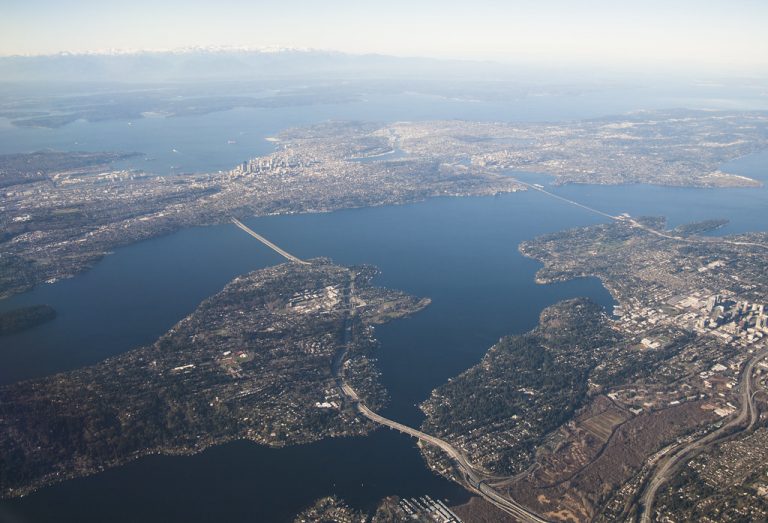Published on January 30, 2020

The waters of Puget Sound support many species, including mussels, salmon and killer whales. But researchers know that runoff from land in the urbanized areas might contain chemicals that could harm these creatures, even if it’s not always clear which chemicals are the most harmful. Existing methods track specific chemicals of known concern. Until recently, however, there was no way to find out what other potentially harmful compounds might be present in the water.
Using a new “non-targeted” approach, researchers at the UW including C. Andrew James with Center for Urban Waters and Edward Kolodziej with Civil and Environmental Engineering, screened samples from multiple regions of Puget Sound to look for other concerning chemicals. The team published these results Dec. 30 in Environmental Science & Technology, and found at least 205 different chemicals across their samples. Of those compounds, researchers were able to reliably confirm the identity of 75, of which 64 were reported for the first time in Puget Sound.
“Some way or another, a huge fraction of the things we buy and use end up in the rivers and Puget Sound,” Kolodziej said. “Everyone thinks chemicals hit the ocean and disappear because there’s so much water in the ocean that the concentrations go way down. But if you took the concentration of a chemical in wastewater effluent or storm water, it’s not like you can just divide by total water volume of Puget Sound, and that’s the concentration you’d detect in Puget Sound. The concentration in the nearshore is a lot higher because there hasn’t been enough time for mixing to occur. So exposure levels for aquatic organisms in the nearshore can be much higher than you might expect.”
Continue reading at UW News.
Originally written by Sarah McQuate for UW News.